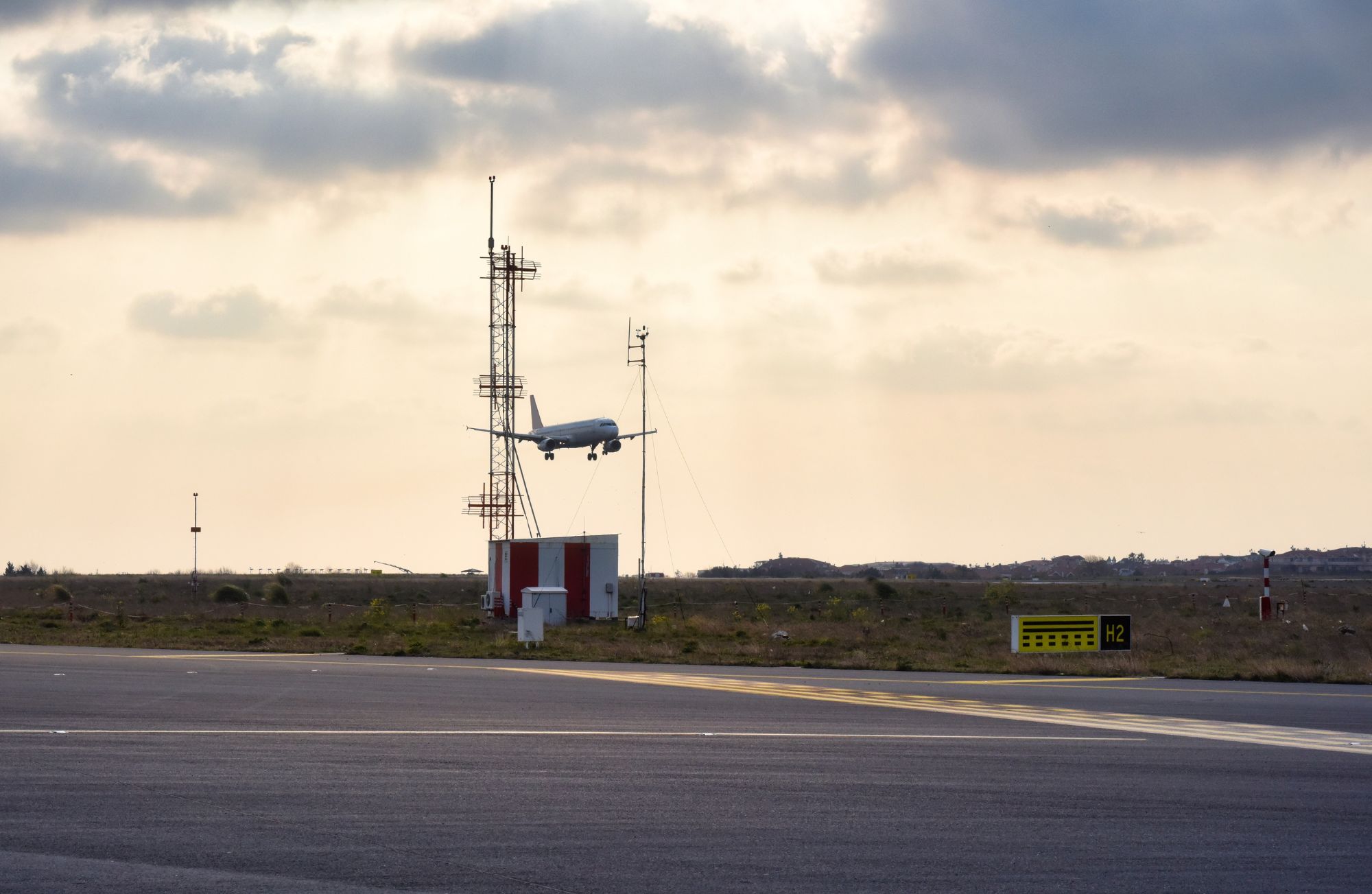
Distance Measuring Equipment (DME)
OVERVIEW: Systems Interface and DME
Systems Interface is a provider of Distance Measuring Equipment (DME) systems for en route or terminal navigation and is often associated with an ILS or VOR/DVOR. Systems Interface has unrivalled experience in the supply, installation and commissioning of these complex aviation systems.
UNDERSTANDING DME: HOW DISTANT MEASURING EQUIPMENT SYSTEMS WORK
Distance Measuring Equipment (DME) uses the propagation delay of radio signals between an aircraft and a corresponding ground station so that the line of sight distance between the aircraft and the ground station can be calculated.
By timing the radio signal propagation delay, distance measuring equipment (DME), calculates the slant range (distance) between an aircraft and a base station. There must be a clear line of sight between the aircraft and the ground station. An exchange is started by an interrogator in the aircraft sending a pulse pair to the transponder ground station on a designated "channel." The carrier frequency and the distance between the pulses are specified by the channel assignment. The transponder responds by sending a pulse pair after a predetermined delay. The equipment on the aeroplane can show the distance to the ground station by calculating the time difference between the transmitting and receiving pulses.